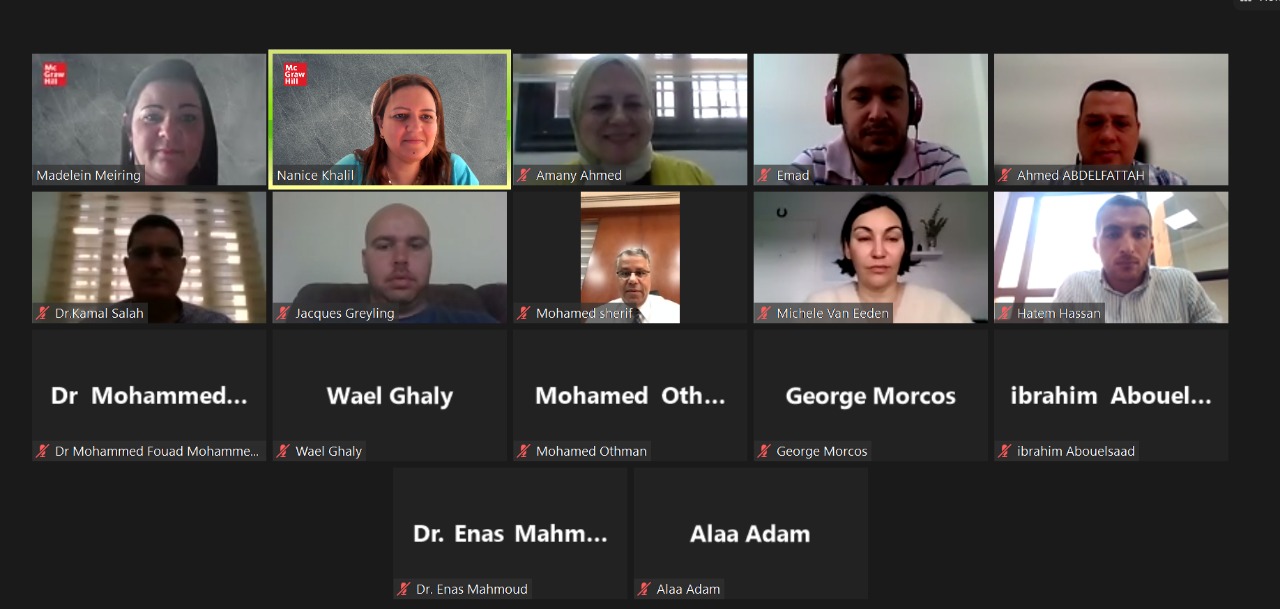KSIU Faculty attends Aligning teaching for Constructing Learning Workshop
As part of KSIU’s strategy towards advanced learning, Faculty members attended a workshop that took place on September 22nd, 27th, and 29th.
During the workshop, they were provided with guidance and practical examples on how to build and deliver an aligned teaching module on a leading digital teaching and learning platform, which will drive student engagement and meaningful learning- ultimately resulting in student success.
Constructive alignment starts with the intent that learners will construct their learning through relevant learning activities. It is ultimately the instructor’s responsibility to create a learning environment that will deliver and support appropriate activities which will achieve the desired learning outcomes. The aim is to ensure that all the components within the teaching system – the curriculum and its intended outcomes, the teaching methods used, and the assessment tasks – are aligned to each other.
This workshop provided the attendees with an introduction and overview to WHY there is a need for alignment, WHAT alignment is and how to approach learning design, and HOW to achieve learning design outcomes that will drive active and meaningful learning for your students.
The workshop lasted three days, with a total of 6.5 hours, during which several topics were tackled such as;
- Basic physiology of learning & consequences of cognition research for teaching.
- Defining (significant) learning.
- Learning theories in the digital age
- The basic principles of learning (with a particular focus on engagement, alignment, and learning-centredness).
- The value and nature of active learning.
- Constructive student engagement in the learning process.
- A content-centred approach versus a systematic learning-centred approach.
- Mapping a route from the principles of learning design to a process of course design.
- The learning design components.
- The concept of constructive alignment, i.e., the alignment of teaching methods, content, and assessment to the learning activities stated in the outcomes in pursuit of student learning.
- A model of integrated course design.
- A structure for integrated course design: assembling components into a relational, integrated system.
- Applying integrated course design principles within the context of Connect to build an integrated holistic course.





